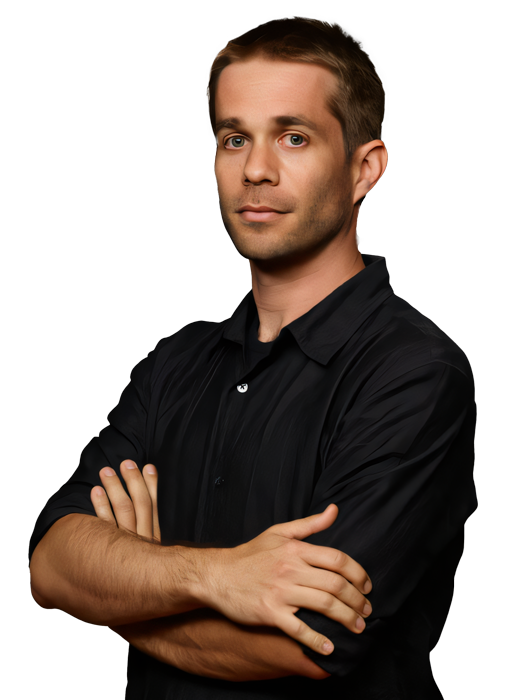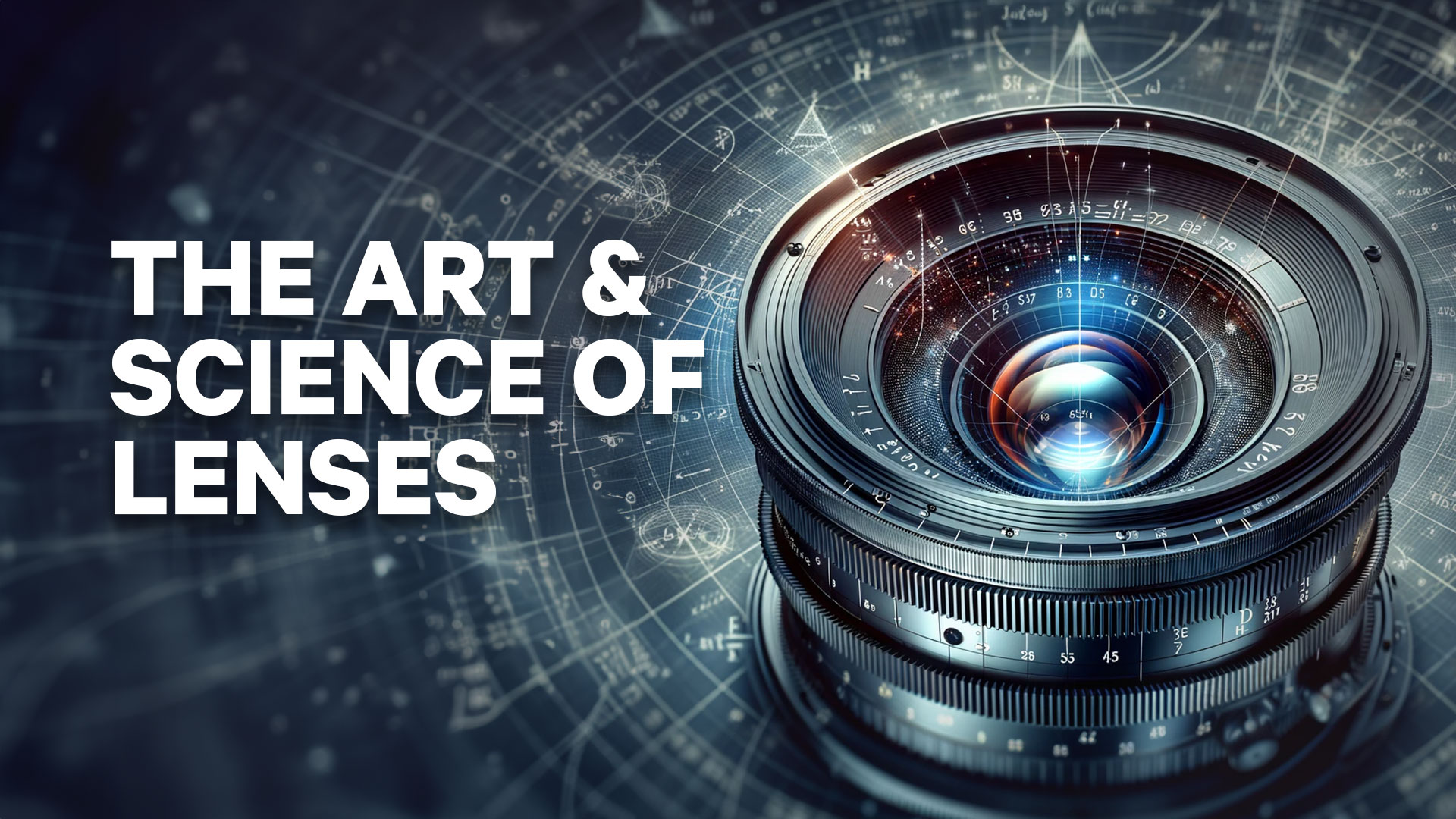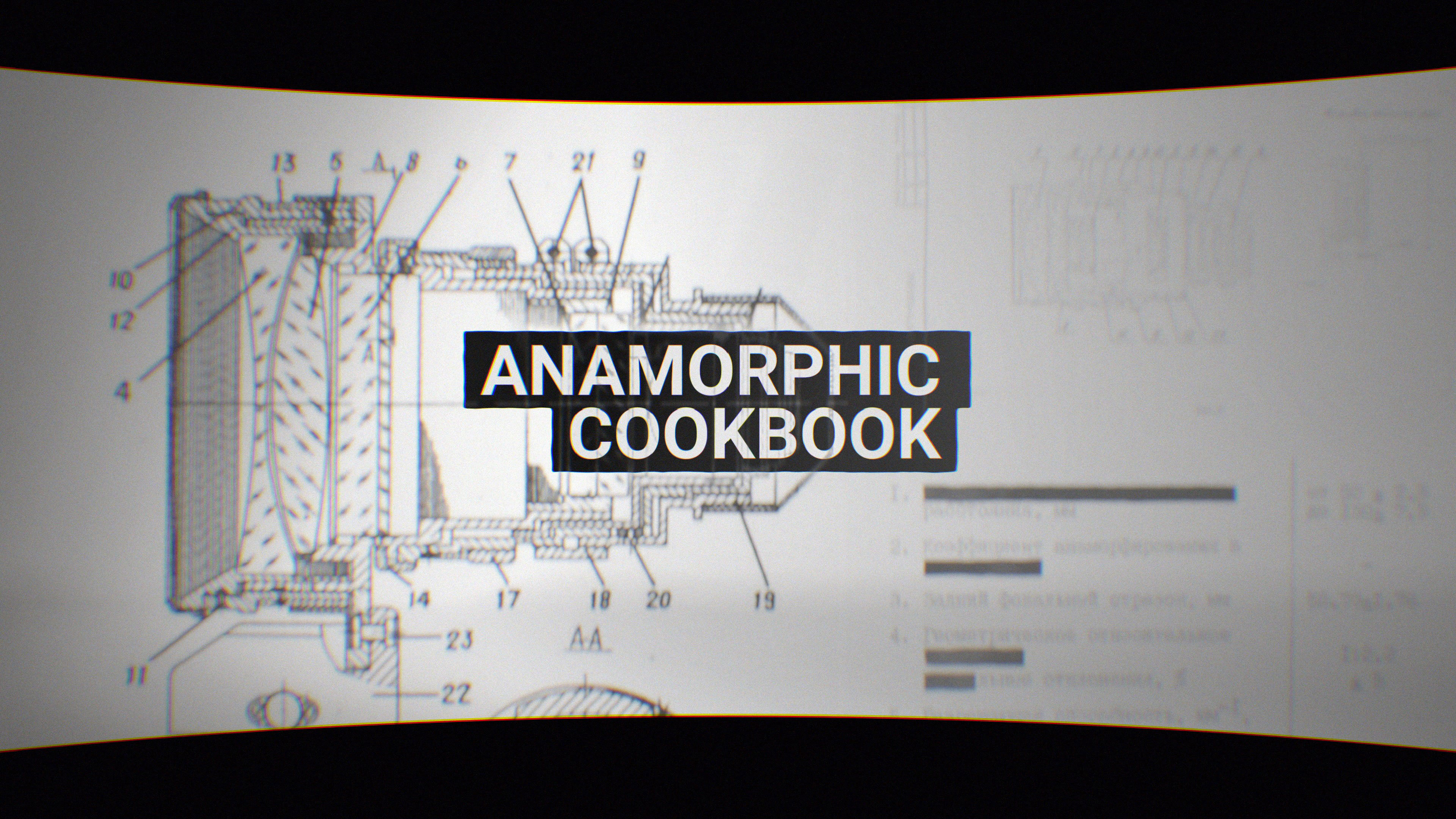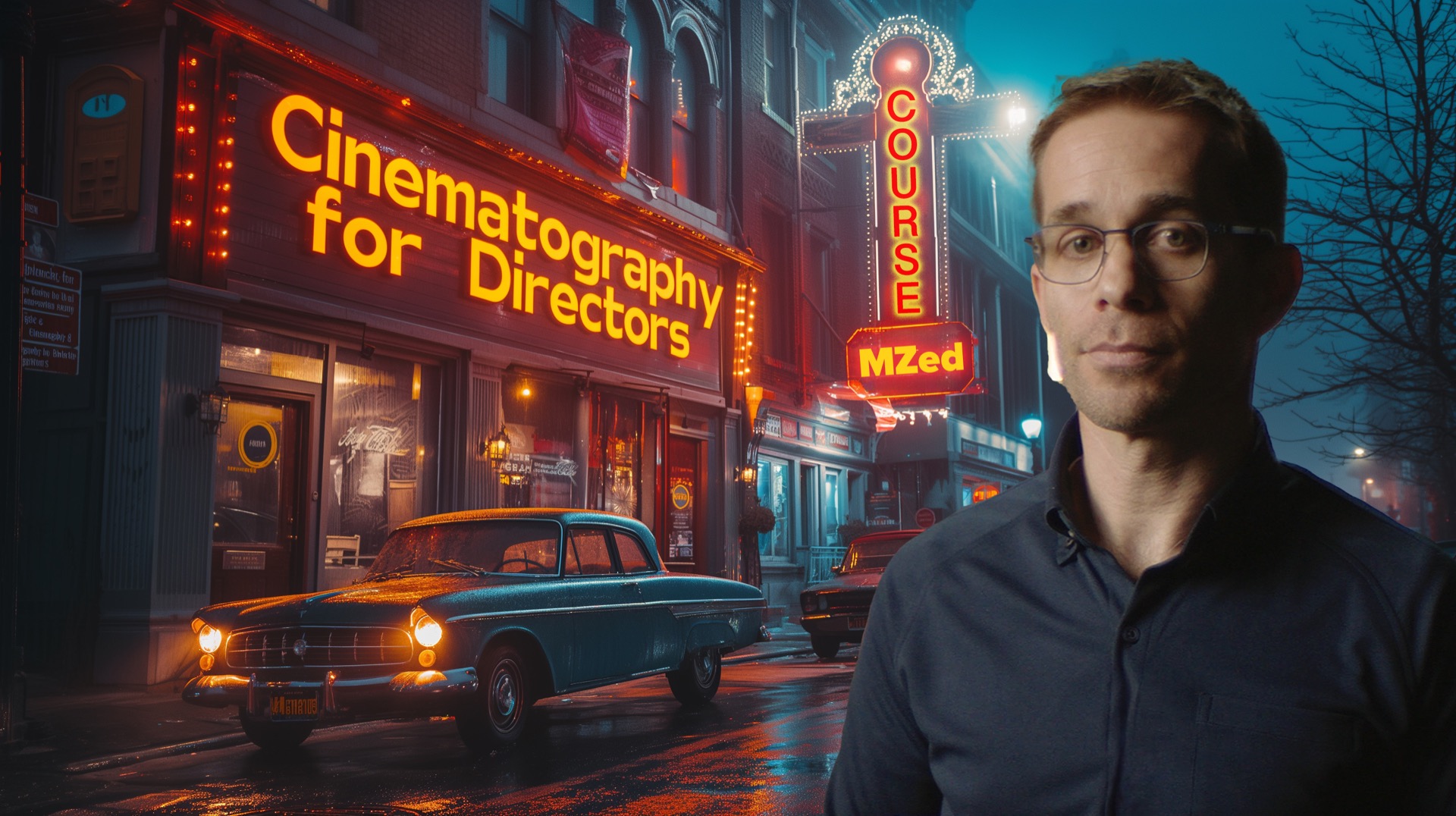
Lenses are one of the most important creative tools in cinematography. They are shrouded in mystery and most of their potential often remains unused.
Join the select group of professionals who possess the knowledge to use lenses to their full potential. Learn the foundations of optics and gain the ability to design lens tests, collaborate with technicians and understand technical specifications.
Start watching with MZed Pro- 6 Hours Long
- 15 Curated Lessons
- 4.85 / 5 Average Review
- Certificate On Completion
-
The Foundation of Optics: Light and Matter
A vocabulary will be established and with it the necessary foundation to review optical devices and how they work. Topics from absorption and reflection to refraction and diffraction are explored.
-
Simple Optical Systems
Building on the foundations we will explore how single optical elements work. From mirrors through prisms and simple lenses, we will review how they operate and how they are combined within larger optical systems.
-
The Components of a Photographic Lens
A deep dive into the characteristics of lenses most relevant for photography. Focal point, focal length, image space and multi-element optical systems, as well as aberrations, distortion, flares and more. This will all lead to a deep understanding of how images are crated with lenses.
-
Complex Optical Systems
We'll build on simple lenses by assembling multi-element systems like telescopes. Explore lens types—long, wide, zooms, primes—and designs like telephoto, macro, fisheye. Anamorphic lenses, coatings, and devices like diopters, tilt-shift lenses, and ND filters are also covered.
-
The Lens and the Camera
We explore how format choice—film or digital, large or small—affects lens images, including crop factor, sensor technology, and built-in filters. We'll also cover image quality, sharpness, artifacts like aliasing and moiré, plus lens mounts, back focus, and flange focal distance.
-
The Aperture and Focus
We explain how aperture works and affects images beyond depth of field, including vignetting and aberrations. F/stops, T-stops, bokeh, focus calculations, and focus movement types—like breathing—are also covered.
-
Choosing a Lens
We closely review lens characteristics and testing methods, from physical ergonomics to reading MTF charts and using lens projectors. We'll also cover designing lens tests and exploring lens customization and tuning.
-
Handling and Maintaining Lenses
From storage and cleaning to solving problems on set. We will review the most common situations that occur when using lenses on set.


Tal Lazar is a cinematographer and educator whose courses are taught at leading film schools such as Columbia University, the American Film Institute and Sundance Institute.
Learn More about Tal-
Understanding lenses begins with understanding light. Learn what light is and how it behaves: particles, waves, interference, the inverse square law and more. This foundation is necessary to truly understand why lenses behave the way they do and why lens manufacturers make certain decisions. It will allow you to understand the problems manufacturers try to solve when creating lenses and come up with creative storytelling ideas using the behavior of light.
-
Light can be absorbed, reflected, transmitted, scattered and refracted. Usually it does all of it, to some degree, at the same time. Gain an in-depth understanding of each of these phenomena so that you can better predict the way lenses behave and operate. Learn basic optical equations which are used when designing lenses and gain a new view on the ways light behaves around us every day.
-
From mirrors to prisms and basic lenses: We start taking steps into optical designs by building on the knowledge gained. Learn about virtual images, internal reflection, spherical and aspherical lenses as well as the types of glass used to make lenses. Learn how to read a lens diagram and extract crucial information from lens specifications.
-
Photographic lenses create images. What are the characteristics that affect those images? Focal length and magnification, as well as the gauss formula and how basic lens systems are designed: a telescope and the Leko Source Four lamp are covered in this video.
-
Lens personality is expressed through its flaws: Aberrations. Learn all about spherical aberration, chromatic aberration, coma, astigmatism, field curvature, vignetting, distortion and breathing. Why do they occur? Are they a problem to solve or a creative opportunity to use? Learn about optical designs used to solve aberrations so that you can make informed decisions when picking your lens.
-
How are simple lenses combined to create complex systems? We will learn principles through examining common lens systems: Telephoto, Retrofocus, Telecentric, Macro and other designs as we use the principles and vocabulary gained.
-
A lens is not operating in a vacuum. Once a camera is connected, everything changes. In fact, lenses are often designed with specific camera types in mind. Learn what happens when a sensor receives an image created by a lens, and how the optical stack inside the camera alters the image, no matter what lens is attached. From film formats to digital sensors, image circle, crop factor and more.
-
One of the most creative tools in the lens, the aperture, is often misunderstood and misused. Gain an in-depth understanding of this unique tool: How does it work? Depth of field, circle of confusion, depth of focus, f/stop and T-stops, and why the same aperture setting does not mean the same thing across different lenses.
-
How does a lens achieve focus, and what happens when it doesn't? Learn all about depth-of-field, bokeh and focus splitting, as well as focusing technologies such as unit focusing or floating element focusing and how they affect the image created by a lens.
-
How does a zoom lens work and how to pick the right one for you? Learn about zoom technology, from parfocal to varifocal as well as aperture ramping. Additionally, we continue into other aspects of photographic lenses: lens mounts, back focus and the flange focal distance. Flare is examined in depth, covering its common types and causes: Veiling glare, ghosting, and narcissism. Finally we dive into lens coatings.
-
Lenses are often used along other tools and devices. We cover common accessories, as well as special lens types now that we are able to truly understand how they operate and the principles governing them: Converters, extenders, speed boosters, tilt & shift lenses, diopters, ND filters and IR pollution, polarizers and more.
-
A special video is dedicated to this unique type of lens which defined the word 'cinematic'. We cover the history and technology of anamorphic lenses and why they are so popular, as well as the differences between the different types of anamorphic lenses: front or rear adapter, as well as their combination with modern large format digital cameras.
-
Is it really all about sharpness? We look closely at the number one characteristic and learn how to look beyond the marketing hypes. Learn how to use lens testing charts, MTF diagrams and lens projectors, as well as what happens when photosites meet a high resolution image created by a lens. From the Nyquist sampling rate through resolution, the low pass filter and much more.
-
You are now ready to bring all the newfound knowledge together and design a lens test. Learn about quantitative vs qualitative lens testing, factoring a camera into the test as well as designing the test scene. Learn to analyze the results and make informed decisions.
-
We conclude our in-depth series by covering best practices when handling lenses professionally. How are lenses stored and handled on set? What happens when a problem occurs, such as dropping a lens and how to clean a lens without damaging it.
-
What an amazing course explaining everything from A to Z when it comes to the technical side of lenses!
Kaur Hendrikson -
Excellent course, that is very detailed and explained fluently, on lenses. This is a must for anyone wanting to learn cinematography.
Marco Marco
MZed course topics include all areas of filmmaking including cinematography, directing, editing, screenwriting, lighting, color grading, and more.
-
The Secrets of Optics
Mitch Gross
Ever been confused by focal length? Lens breathing? How about crop factors? What is the "Cooke Look" compared to that of Zeiss? In The Secrets of Optics you'll learn the basics of lenses - what they do, how they do it, what types of lenses there are - so you have a solid foundation for selecting and operating lenses.
Watch this course -
Anamorphic Cookbook
Tito Ferradans
The Anamorphic Cookbook is the ultimate course about the history of anamorphic lenses and how to put together your own rig. After five years of experimenting with various lenses, systems, and cameras, educator Tito Ferradans has created a fast-paced and entertaining guide to anamorphics, saving you both time and money on your anamorphic journey.
Watch this course -
Cinematography for Directors
Tal Lazar
Working with a cinematographer is a skill every director needs to master. Learn how to find and communicate what your images need to express, make decisions on camera placement and lens choice, and lead a technical team without being a technical master yourself. Learn to harness narrative perspective and move the camera purposefully.
Watch this course
Join the leading online education membership for filmmakers, and get instant access to our entire library.
-
750+ Lessons
-
57+ Courses
-
35 Educators
-
$9000+ Value
Make a commitment to becoming a better filmmaker, today. Seven-day money-back guarantee (view full terms here).



